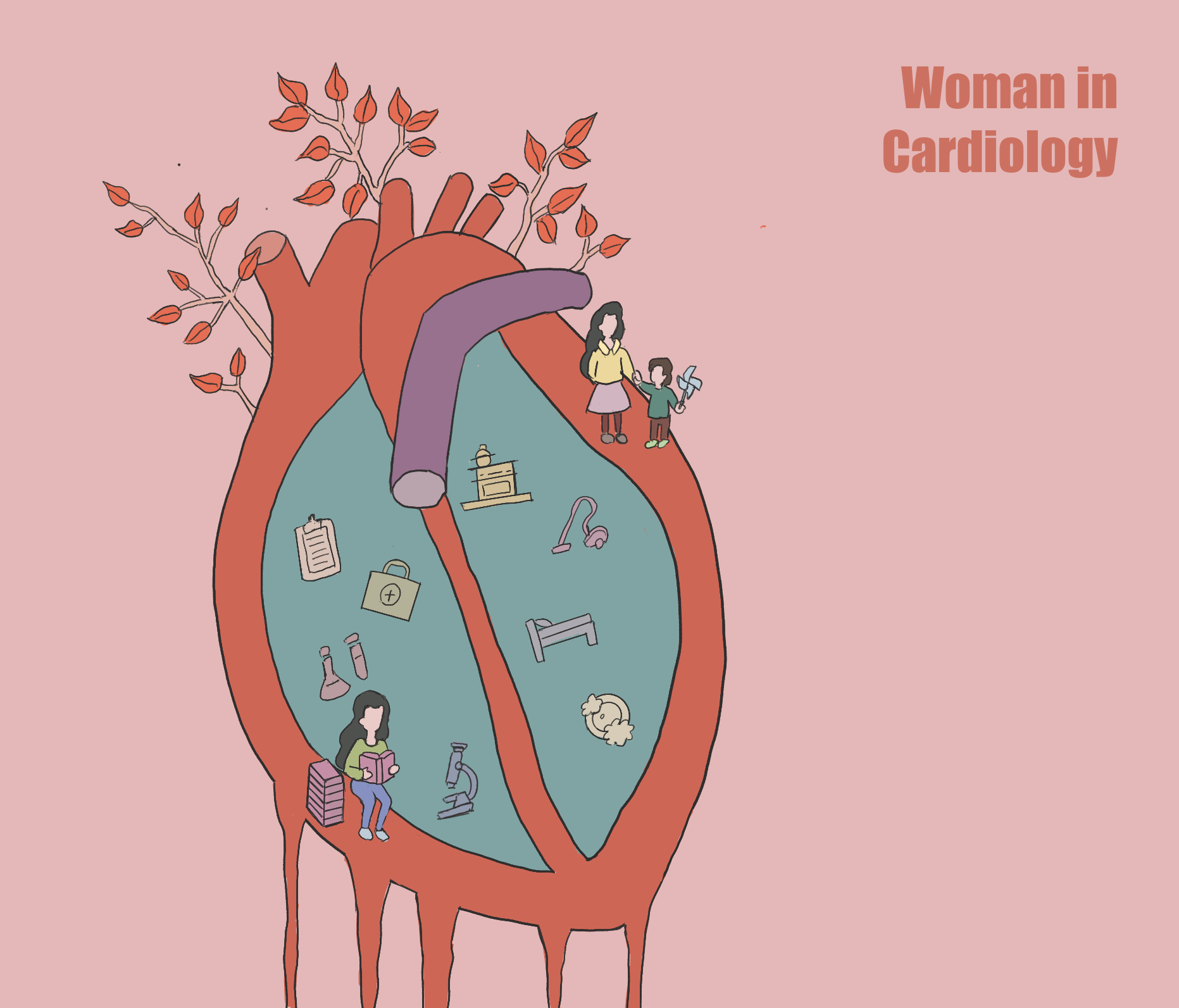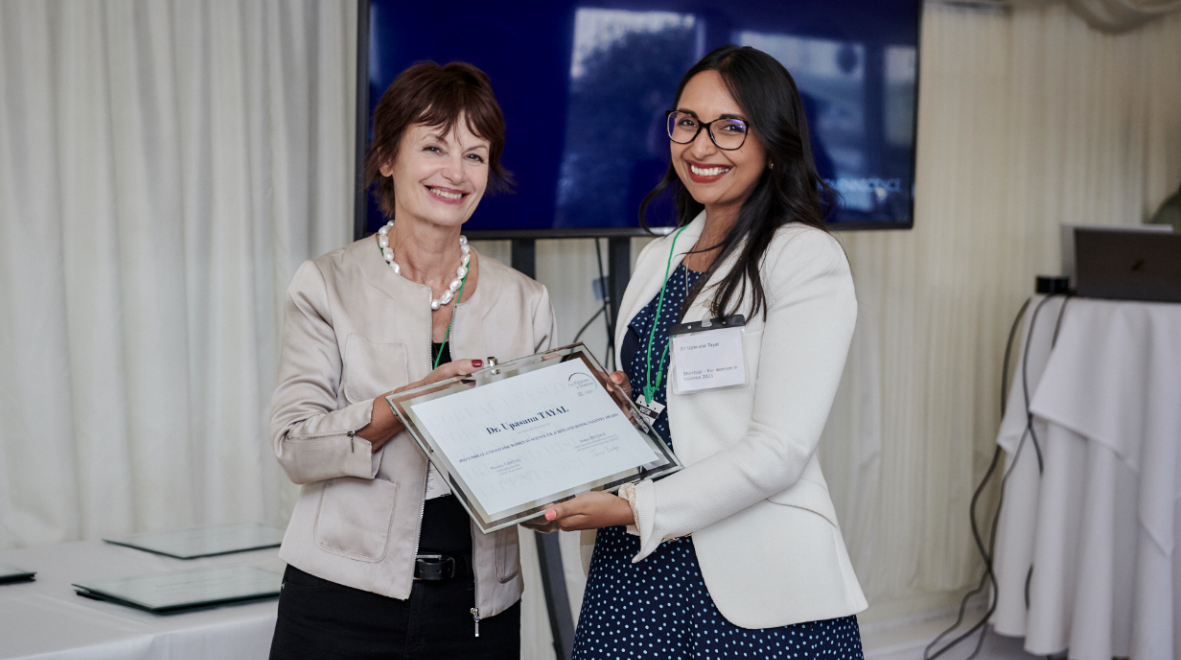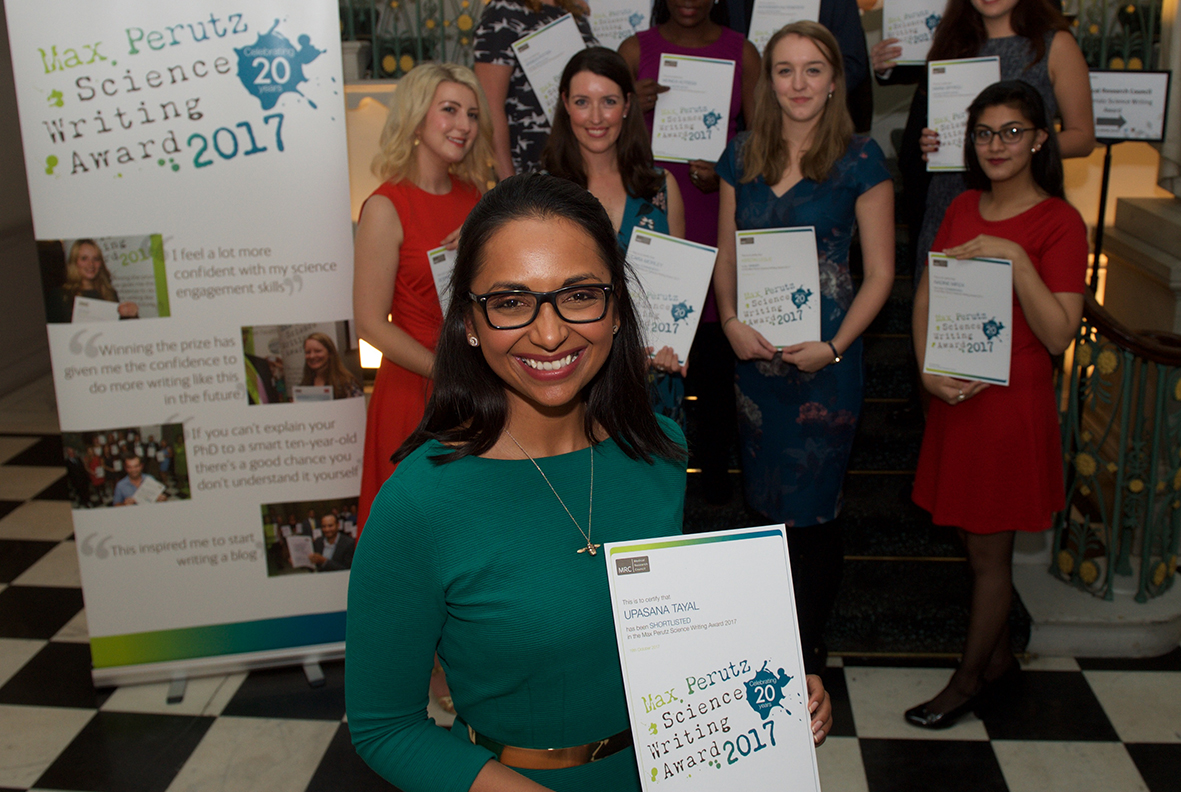
This festive period, Three Wise Women from the Faculty of Medicine will be giving us the gift of wisdom.
Could variation in the architecture of men and women’s hearts explain why their risk of cardiomyopathy differs? Dr Paz Tayal, Clinical Senior Lecturer in Cardiology at the National Heart and Lung Institute is investigating this with the aim of improving outcomes for patients affected by this disease of the heart muscle. Dr Tayal also discusses the ‘juggle struggle’ of balancing work and family life, and the importance of truth telling in academic medicine.
As winter sets in, I start to pack away the summer dresses and bring out the woolly jumpers and sturdy boots. When I do this, I will not be going into my husband’s closet to find things that fit me, nor indeed will I be wearing his shoes.
That seems obvious right, because we are different sizes.
We don’t think twice about that, yet in medicine, we are only just beginning to realise that male and female patients might need to have tailored ways to diagnose and treat disease.
Even in health, male and female hearts are not the same. At birth, the hearts of male and female babies are about the same size. However, at puberty, male hearts have a faster period of growth compared to female hearts. Whilst this eventually settles down, throughout adult life the mismatch persists, and the female heart remains smaller.

